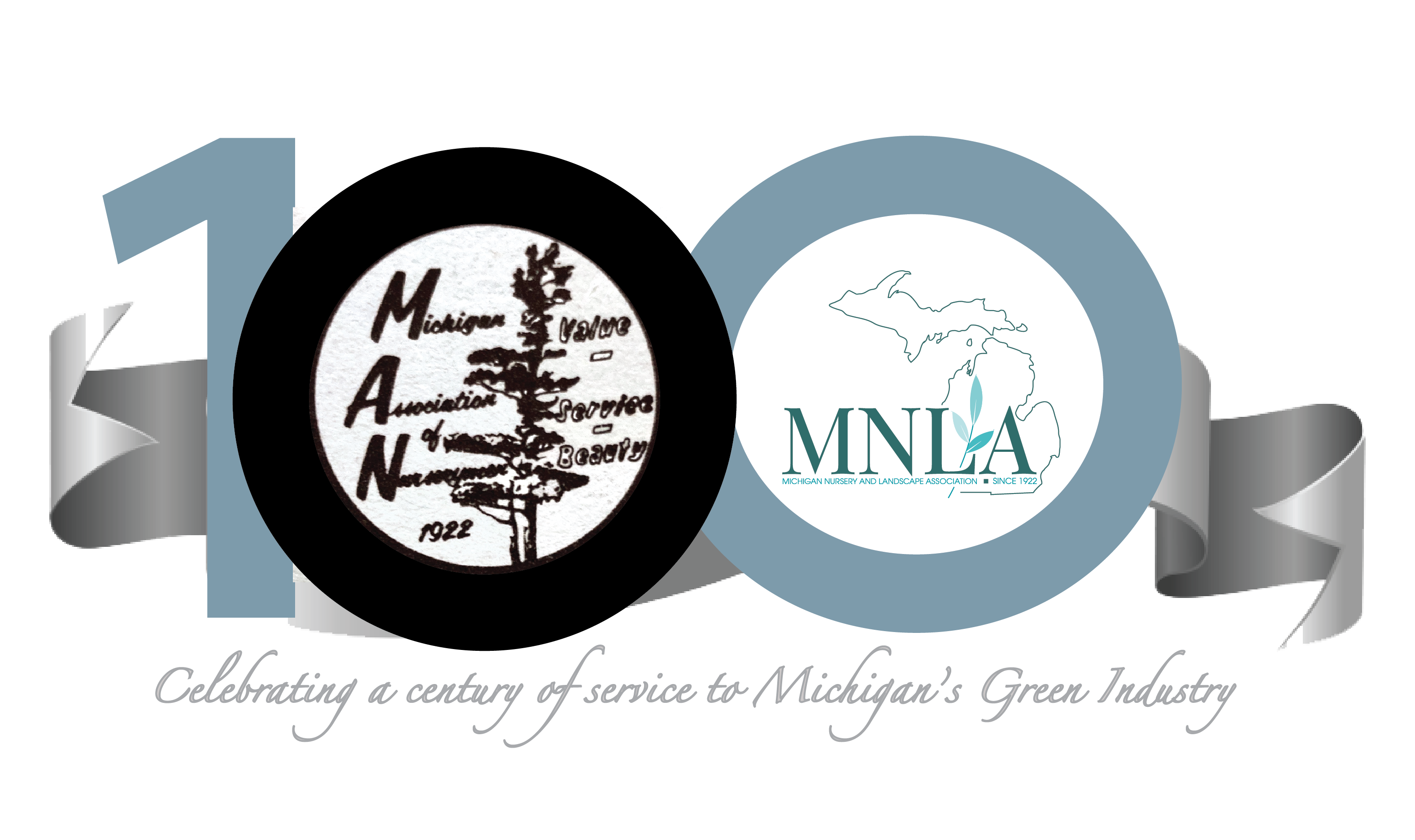Insurance rate hikes are increasingly becoming a fact of life for business owners as rising claim frequency and severity continue to impact the market and insurers’ bottom lines. As a landscaper or nursery owner, it’s essential to understand the state of the market so you can help insulate your business against rising insurance costs. Read on to discover the top three general liability trends and steps that can help you respond appropriately.
1. Social Inflation and Nuclear Verdicts
Every business owner fears lawsuits from unhappy clients or employees. They can be expensive and time-consuming, distracting you from the day-to-day tasks of your business and harming your bottom line. However, it’s increasingly likely that lawsuits following an alleged liability incident — whether real or perceived — will be even costlier due to the ongoing effects of social inflation.
Social inflation — a phenomenon describing increases in claim severity above what could be anticipated under normal claim trends — gives rise to ‘nuclear verdicts’ handed down by sympathetic juries. The U.S. Chamber of Commerce Institute for Legal Reform (ILR) researched more than 1,000 nuclear verdicts worth $10 million or more awarded between 2013 and 2022. They found product liability nuclear verdicts rose the fastest, reaching a median value of $36 million in 2022, a 50% increase from $24 million in 2013. Additionally, “mega” nuclear verdicts, those exceeding $100 million or more, reached record highs in 2022. Preliminary data indicates this record was again broken in 2023.
Social inflation and high nuclear verdicts should concern nursery owners and landscapers, especially regarding the products on which your business relies. Your clients expect you to conduct your business in a way that keeps them safe and healthy. If you fail to do so by selling or using a hazardous chemical or tainted product, for example, you could become the target of a business-ending product liability nuclear verdict.
2. Rising Medical Costs
Whether they occur in your office, on your premises or at a job site, third-party injuries are a common risk landscaping and nursery businesses face. Should someone slip in a puddle or trip on a piece of forgotten equipment, resulting in a broken arm, you might be alarmed at the cost of the claim and any subsequent increase to your premium.
That’s because medical costs continue to surge, with the total value of medical care rising more than 119% since 2000 — a number that includes services provided, insurance, drugs and medical equipment, according to the Peterson-KFF Health System Tracker. Comparatively, prices for consumer goods and services only rose by 85% over the same period. The medical cost increase can be attributed to several factors, including rising drug costs, continuing advancements in medical technology and increasing worker wages.
You can lower claim costs relating to third-party injuries by taking action to prevent claims in the first place. Take steps to educate your employees and enhance their safety — and that of your customers — at the office and job site. High medical costs will likely continue to be a significant factor in general liability claims.
3. Hazardous ‘Forever Chemicals’ Exposure
The products you use in your business can open the door to costly claims, especially if they’re found to contain one of these hazardous “forever chemicals”. Per- and polyfluoroalkyl substances, commonly known as PFAS, were once ubiquitous in household products such as clothes, cookware and firefighting foam. However, it’s since been discovered that they don’t break down in the human body or environment and have been linked to severe health issues, including cancer.
The Environmental Protection Agency (EPA) continues to update its regulations concerning these chemicals, taking part in legal action to curb exposure. At the same time, 15 states have put PFAS-related restrictions in place. For landscapers and nursery owners, it’s essential to ensure that none of the products you sell or use on job sites contain PFAS — this can even include tainted compost or commercial soil, according to the findings of a 2021 Sierra Club and Ecology Center Report.
As federal and state regulators continue to investigate this chemical, businesses found responsible for causing PFAS exposure can quickly be tied up in litigation. Not only that, but you can experience costly coverage exclusions, substantial out-of-pocket costs and a career-ending nuclear verdict if a sympathetic jury presides over your product liability case.
Whether it’s social inflation, rising medical costs or exposure to hazardous chemicals, numerous factors affect your insurance rates. By remaining aware of the trends behind rising costs, you can respond effectively to reduce your losses. Don’t worry if you’re unsure how to start; Gallagher Affinity understands the insurance needs of small business owners like you and is here to help. To learn more about the factors affecting your business and measures to put in place to address your risk, contact insurance expert Ashley Thomas of Gallagher Affinity at 918.764.1619 or ashley_thomas@ajg.com. She can provide a free risk analysis and coverage review, so you can understand your business’s insurance needs. You can also learn more about available coverage by visiting gallagheraffinity.com/MNLA.
The information contained herein is offered as insurance Industry insight and is provided as an overview of current market risks and available coverages and is intended for discussion purposes only. This publication is not intended to offer legal advice or client specific risk management advice. Any description of insurance coverages is not meant to interpret specific coverages that your company may already have in place or that may be generally available. General insurance descriptions contained herein do not include complete Insurance policy definitions, terms and/or conditions, and should not be relied on for coverage interpretation. Actual insurance policies must always be consulted for full coverage details and analysis. Insurance brokerage and related services provided by Arthur J. Gallagher Risk Management Services, LLC (License Nos. 100292093 and/or 0D69293). © 2024 Arthur J. Gallagher & Co. | 1302364333

